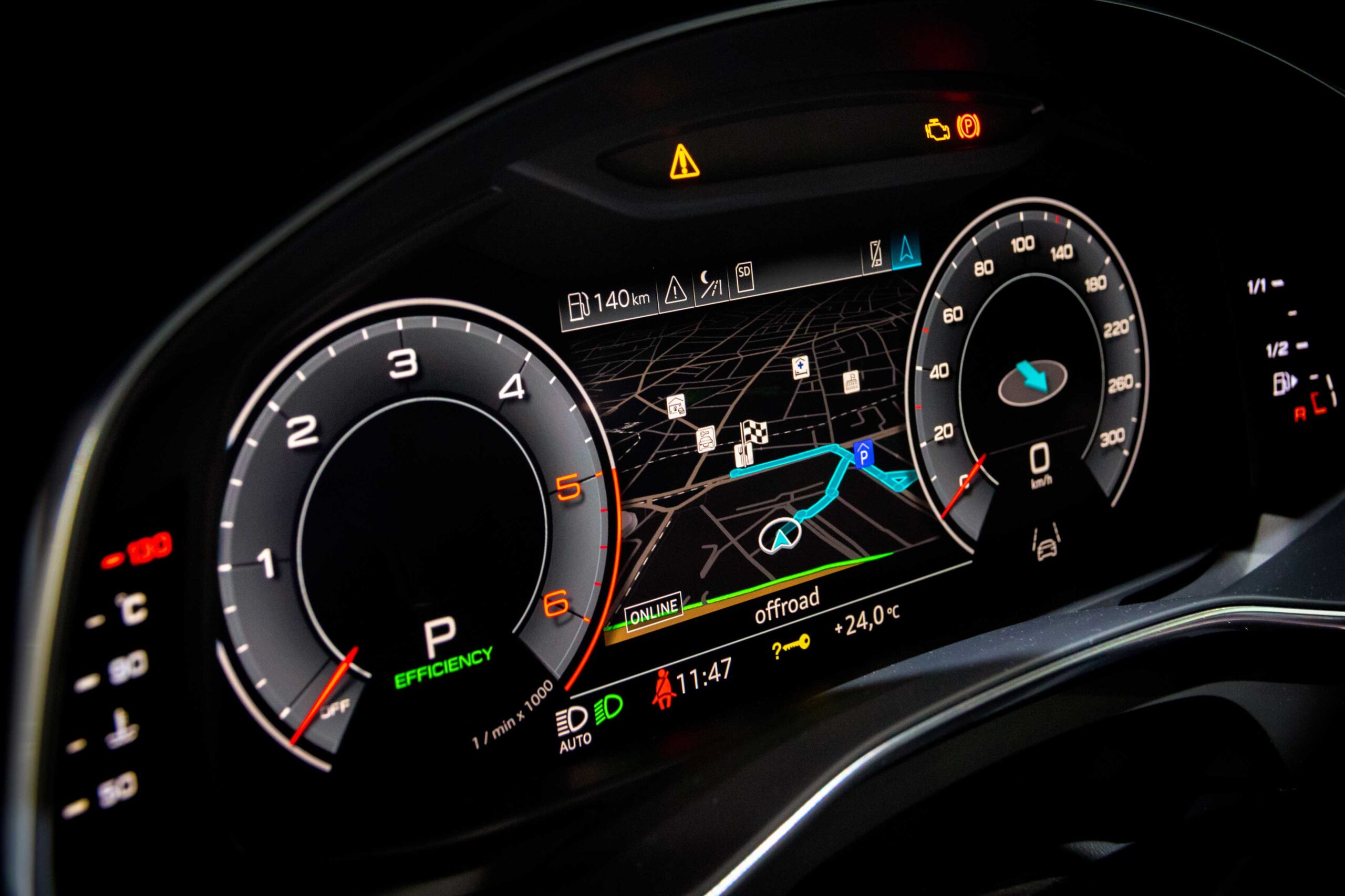Automotive technology advances, and every component beneath the vehicle’s bonnet becomes increasingly critical for optimizing engine performance, fuel efficiency and reducing emissions. One component that often goes unnoticed but is essential is the thermostat. Despite its seemingly simple nature, this component is vital in managing the engine’s temperature to ensure optimal performance. In this article, we’ll delve into the importance of thermostats in modern European engines and their impact on performance, fuel efficiency, and emissions.
Maintaining the Ideal Engine Temperature:

A thermostat’s primary role is to regulate the coolant flow within the engine based on its temperature. This is vital because engines have a specific operating temperature range for peak performance. If the engine operates too hot or too cold, it can lead to various issues. A thermostat helps keep the engine at the correct temperature, promoting efficient combustion, maintaining oil consistency, and extending the life of engine components.
Enhancing Engine Performance:
An efficient thermostat ensures the engine reaches its preferred operating temperature quickly and maintains it across various driving conditions. This is essential for overall engine performance, allowing the engine management system to function efficiently, resulting in improved power output, smoother acceleration, and better overall driveability. In colder European climates, a thermostat assists the engine in reaching its optimal temperature faster, reducing cold-start strain.
Improving Fuel Efficiency:
Fuel efficiency is a top concern in modern automotive design across Europe, driven by environmental considerations and consumer demands. The thermostat plays a pivotal role in this by ensuring the engine operates within its ideal temperature range. A too-cold engine consumes more fuel to maintain its temperature, leading to reduced mileage. Conversely, an overheating engine can cause premature fuel vaporization, compromising efficiency. A well-calibrated thermostat finds the right balance, resulting in improved fuel economy.
Reducing Emissions:
With increasingly stringent emission standards across the EMEA region, a properly functioning thermostat contributes to reducing harmful emissions by maintaining the engine within its optimal temperature range. This ensures that the catalytic converter and other emission control systems operate at their best, effectively reducing pollutants released into the environment. A thermostat that allows the engine to run too cold can lead to incomplete combustion and increased emissions.
While the thermostat may seem like a minor and often overlooked component in the context of an automotive engine, its role in optimizing engine performance, fuel efficiency, and reducing emissions cannot be overstated. Ensuring that your vehicle’s thermostat is in good working condition and replacing it when necessary can lead to a smoother-running engine, better fuel economy, and a reduced environmental footprint. As automotive technology continues to evolve across the EMEA region, the thermostat remains a critical component in the pursuit of more efficient and eco-friendly vehicles.
